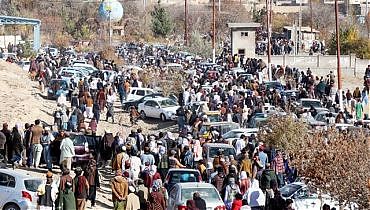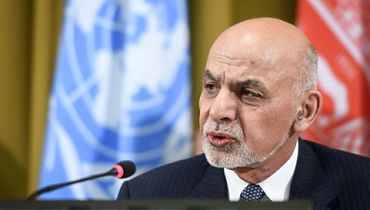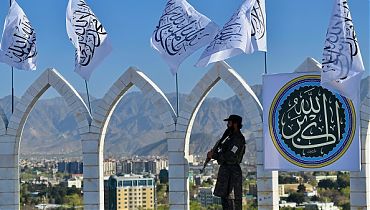
Kabul - Tarz Press: Since regaining control of Afghanistan, the Taliban have resumed their brutal methods of instilling fear and maintaining control. In the latest instance, the group publicly executed a young man accused of murdering a former Taliban fighter. This act, carried out in the presence of senior Taliban officials and a large crowd at a stadium in Gardez, Paktia province, has drawn strong condemnation from human rights activists and international organizations, including the United Nations.
The attendance of prominent Taliban leaders, Sirajuddin Haqqani and Khalil-ur-Rahman Haqqani, underscores the official status of such practices under Taliban rule. The large crowd gathered to witness the execution reveals a disturbing social dynamic in Afghanistan under their governance.
The Taliban’s Supreme Court stated that the executed individual, Mohammad Ayaz, son of Hakim Khan, was sentenced to death for the murder of Habibullah, son of Zarif Khan. Reports indicate that Ayaz was executed by three gunshots to the chest. Independent sources, however, suggest that the killing stemmed from a personal dispute, reportedly over the victim’s extramarital relationship with a woman.
The Taliban’s official statement refrained from using the term “execution,” opting instead for “killed,” but evidence suggests that this was a formal public execution carried out in the presence of officials and spectators.
Public Reaction: A Disturbing Spectacle
One of the most shocking aspects of this event was the large crowd that gathered in the stadium to watch the execution. This prompted widespread concern. Dr. Alama, a former official, questioned whether such gatherings reflect the trauma and internalized violence within Afghan society, asking, “Isn’t the mass attendance at such events a sign of a deeper societal issue?”
Afghan journalist Lina Rozbeh described the scene as horrifying, stating, “To see people treating the death of another human as entertainment highlights the cultural and moral crisis in Afghanistan.”
Human Rights Reactions: Global Condemnation
Richard Bennett, the UN Special Rapporteur on Human Rights, condemned the execution, calling it a “blatant violation of human rights.” He urged the Taliban to immediately halt such brutal punishments.
The United Nations Assistance Mission in Afghanistan (UNAMA) also issued a statement denouncing the executions as violations of Afghanistan’s international commitments. UNAMA called on the Taliban to stop all executions and to uphold fair legal processes.
A Return to the Past
Public executions harken back to the Taliban’s oppressive policies during their first regime from 1996 to 2001. Despite their promises of reform and respect for human rights, the group has reverted to its old practices.
Reports reveal that over the past three years, the Taliban have subjected more than 700 individuals to public lashings and executed six people publicly. These statistics serve as a stark warning about the deteriorating human rights situation in Afghanistan under Taliban rule.
Implications and the Role of the International Community
The Taliban’s continued reliance on brutal methods demonstrates their unwillingness to abandon oppressive practices. These actions not only traumatize Afghan society but also further damage Afghanistan’s standing on the global stage.
The critical question remains: Can the international community compel the Taliban to respect human rights? As the situation worsens, this question grows more urgent yet remains unanswered.




